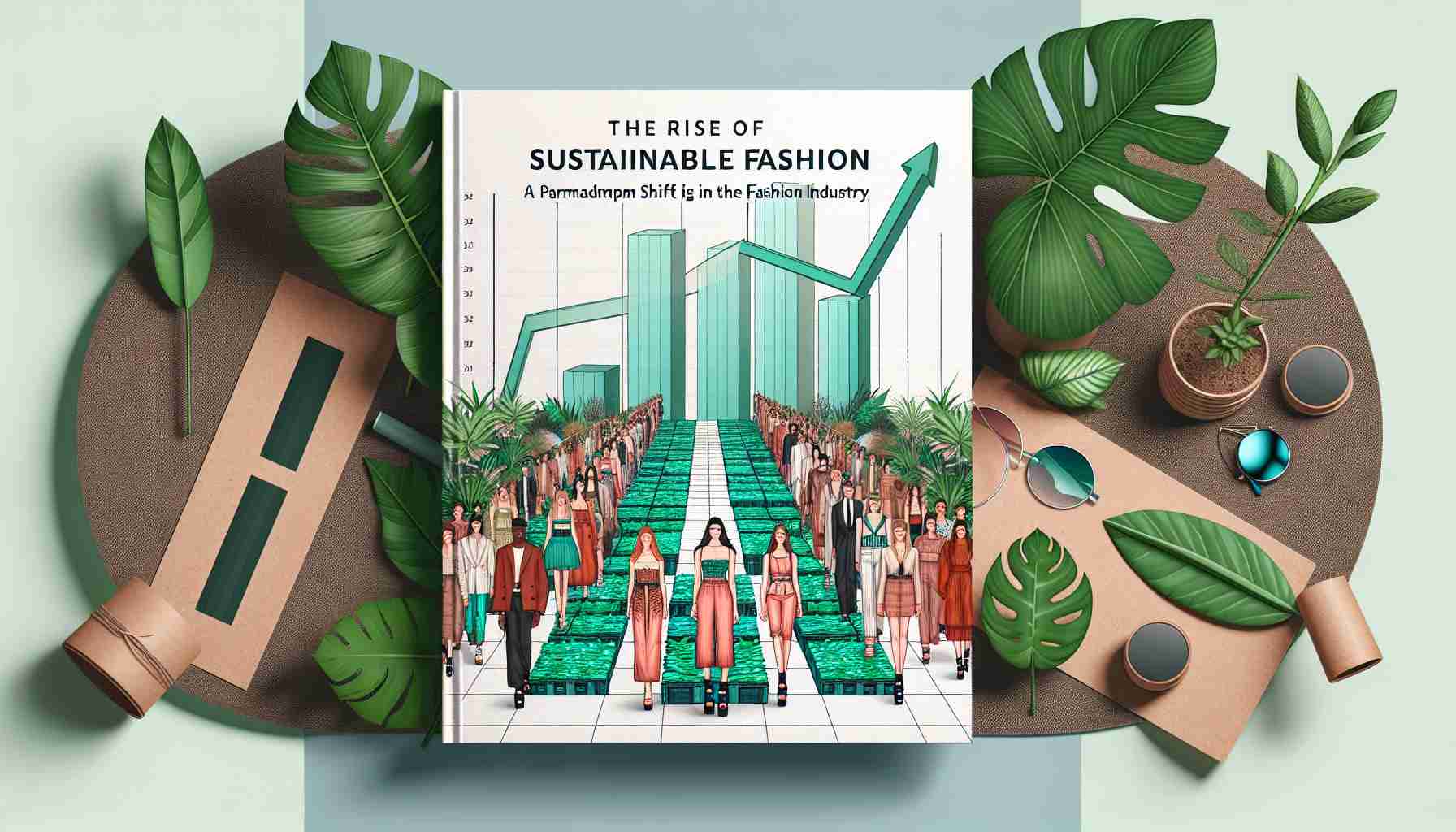In recent years, a new movement has emerged in the fashion industry – sustainable fashion. Once considered a niche market, sustainable fashion is now gaining momentum and challenging the traditional norms of the industry. This shift is driven by a growing concern for the environmental and social impact of fast fashion.
Sustainable fashion is not merely a trend, but a conscious effort to create clothing that is ethically and environmentally responsible. It encompasses various aspects of the fashion supply chain, from raw material sourcing to production, distribution, and end-of-life disposal. The goal is to minimize harm to the planet and improve the well-being of workers in the garment industry.
One of the key aspects of sustainable fashion is the use of eco-friendly materials. Designers are increasingly turning to organic cotton, hemp, bamboo, and recycled materials to reduce the environmental footprint of their creations. By using these materials, they can decrease water usage, pesticide and chemical pollution, and the amount of waste generated.
In addition to materials, sustainable fashion also emphasizes fair labor practices. This means ensuring safe working conditions, fair wages, and the absence of exploitation in the production process. Many brands are now seeking certification from organizations such as Fairtrade or the Global Organic Textile Standard (GOTS) to demonstrate their commitment to ethical manufacturing practices.
The rise of sustainable fashion has been facilitated by a growing consumer demand for more responsible and transparent products. Millennials and Gen Z, in particular, are increasingly conscious of the environmental and social impact of their purchasing decisions. They want to align their values with the brands they support, leading to a rise in demand for sustainable fashion.
While sustainable fashion still faces challenges, such as higher production costs and limited availability, it is clear that a paradigm shift is underway in the fashion industry. As more brands adopt sustainable practices and consumers continue to demand change, the future of fashion is becoming greener and more ethical.
In conclusion, the rise of sustainable fashion marks a significant shift in the industry. It reflects a growing awareness of the environmental and social impact of fashion and a desire for change. By embracing sustainable practices, the fashion industry has the potential to revolutionize itself and create a more sustainable future for all.
The sustainable fashion industry is experiencing rapid growth and is expected to continue expanding in the coming years. According to a report by Grand View Research, the global sustainable fashion market is projected to reach $9.81 billion by 2025, with a compound annual growth rate (CAGR) of 10.4% during the forecast period.
This growth is driven by several factors. Firstly, as mentioned earlier, consumer demand for sustainable fashion is on the rise. A survey conducted by McKinsey found that 66% of global consumers are willing to spend more on sustainable fashion, indicating a significant market opportunity. Moreover, the fashion industry has witnessed a shift towards sustainability-driven policy changes, including regulations promoting ethical practices and transparency.
However, the sustainable fashion industry also faces several challenges. One issue is the higher production costs associated with using eco-friendly materials and implementing fair labor practices. These costs are often passed on to consumers, resulting in higher price tags for sustainable fashion products. This price difference can be a barrier for some consumers who may be unwilling or unable to pay the premium.
Another challenge is the limited availability of sustainable fashion options. While many brands have started embracing sustainable practices, the majority of the fashion market still relies on fast fashion and conventional production methods. This lack of availability makes it difficult for consumers to access sustainable options, limiting the industry’s overall impact.
Despite these challenges, the sustainable fashion movement is gaining traction. Major fashion brands such as H&M and Stella McCartney have launched sustainable collections, while new startups are emerging with a focus on ethical and eco-friendly fashion. Additionally, governments and organizations are working towards promoting sustainability in the industry through initiatives and certifications, creating a supportive environment for sustainable fashion.
To stay updated on the latest trends and developments in the sustainable fashion industry, you can visit websites such as Eco-Age and Business of Fashion. These platforms provide comprehensive coverage of sustainable fashion news, market forecasts, and industry insights, helping you stay informed about the evolving landscape of sustainable fashion.







